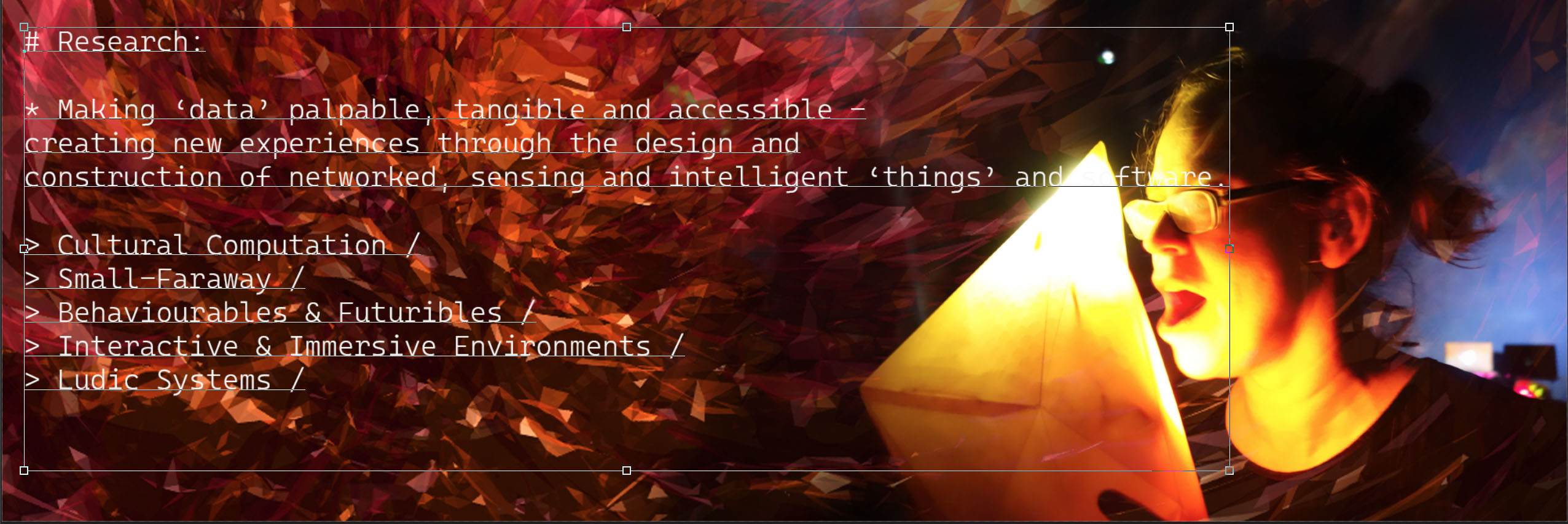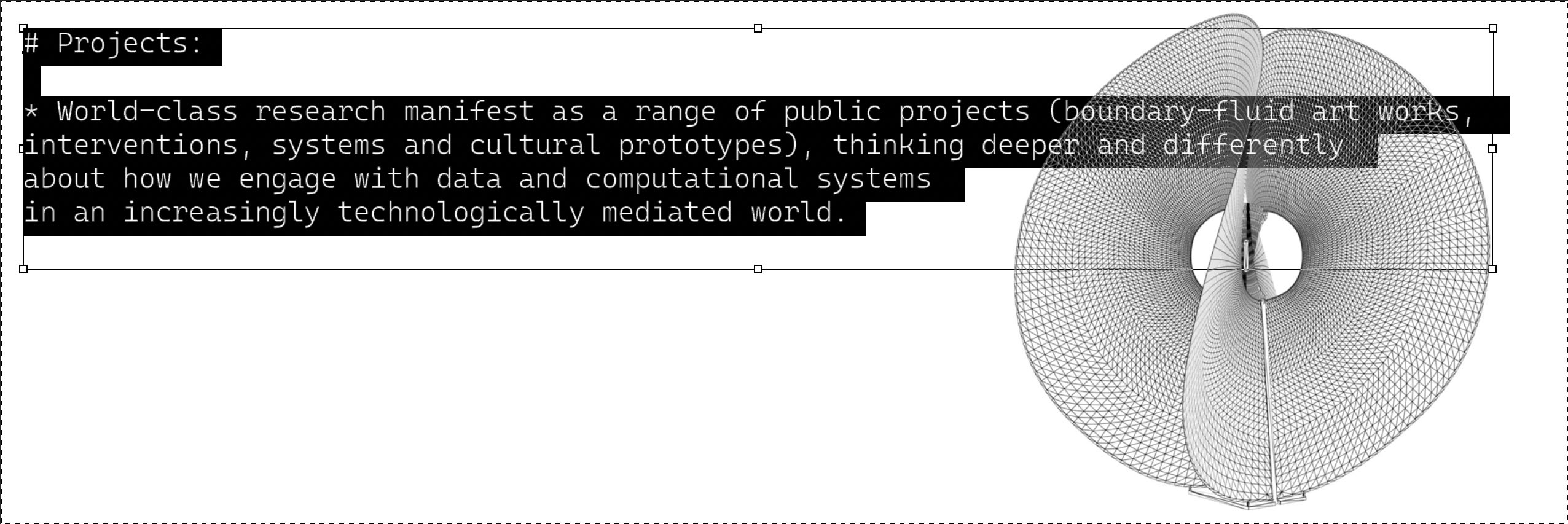COST Arts & Technologies (CAT)
Zagreb, Croatia. 25 – 27/11/13
http://www.cost.eu/events/cat
i-DAT participates in the COST Arts & Technologies (CAT) Workshop with the Planetary Collegium.
The rationale behind the COST Arts & Technologies (CAT) workshop is that there are large potential gains in integrating arts on the one hand with technologies on the other, to a larger extent than what has been done so far. Combining artistic creativity with technological expertise should in itself have a great potential to lead to new products, services and social innovations.
The workshop aimed at enabling innovative integration of arts and multi-, inter-, and transmedia technologies and their actual and potential integration with industry and society as a way of enhancing the competitiveness and creativity of European innovation in arts and technologies. The workshop also delivered initiatives and applications enhancing innovation, welfare and working towards a greener Europe.
CAT used several methods for achieving its aims: gathering top-level international experts presenting current state of the arts and technologies, presentation of new ideas through an open call, interactive sessions and brain-storming.
Mike Phillips Presentation:
“Darling, I am going to tell you something that I swore never to tell anyone – I have the gift of ubiquity.”
Sabine Lemurier’s (et al) prophetic exploration of the transgressions and trauma that emerge in the shift to a culture where everyone and everything is connected should be a warning to us all.
For Sabine had the gift of ubiquity. The inevitable moral decay of Sabine’s multiple-self destructive tendencies in Marcel Aymé’s tale reflects a historic trauma in our near-future condition – what happens to individual and social behaviour when we are connected to everything, everywhere, all of the time?
For Sabine the potential of having everything everywhere imploded when her voracious appetite, without the restraint of social and moral norms to govern her behaviour, collapsed under the strain of ubiquity.
For us, who can be everywhere all of the time, the familiarity of the far away so close may breed contempt and disdain. That blue marble, once so distant and shiny, now fills our peripheral vision.
This paper looks at the potential of sharing ‘instruments’ or provocative prototypes and practises that, through the use of data, enhance our understanding of the world and our impact on it. It explores a range of transdisciplinary strategies and projects to manifest complex ecologies – to make the invisible that surrounds us – visible.
The presentation explores the use of networked instruments to harvest data to enhance our understanding of the world. Not through an algorithmic definition of what certain scientific values mean, but through an active negotiation that reveals the ‘temporal’ ebb and flow of environmental factors which manifest an ‘invisible’ fabric that allows us to ‘feel’ things that normally lie outside of our normal frame of reference.
Through the manifestation of material, immaterial and imaginary worlds there is a chance that we can bring the landscape, which is by definition, unreachable and out there, just a little closer, no longer in our peripheral vision but in the everywhere we are.
Aymé, M. Sabine Women, in The Man Who Walked Through Walls. Translated by Sophie Lewis. Pushkin Press, London. 2012, pp. 29.
PDF Programme.



